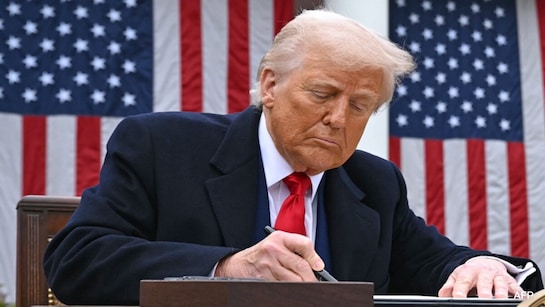Immediate Market Reactions
Following the tariff announcement, Chinese stock markets experienced notable volatility. The benchmark Shanghai Composite Index and the CSI 300 Index both faced downward pressure as investors grappled with the potential economic ramifications. Historically, such tariff escalations have led to significant market declines; for instance, previous tariff threats resulted in the Dow Jones Industrial Average plunging over 700 points. Source
State-Owned Enterprises Step In
To mitigate the market downturn and bolster investor confidence, China's state-owned enterprises (SOEs) played a pivotal role. Often referred to as the "National Team," these entities have a history of intervening during market distress. In the aftermath of the 2015 stock market crash, the National Team acquired shares representing approximately 4.3% of the total market value of all listed companies to stabilize prices. Source Similarly, in the current scenario, SOEs have been actively purchasing shares to cushion the market from excessive volatility.
Government's Strategic Measures
Beyond direct market interventions, the Chinese government has been exploring broader economic strategies to counteract the adverse effects of heightened tariffs. Discussions have centered around implementing economic stimulus measures, including support for housing, consumer activity, and innovation sectors, aiming to sustain GDP growth and offset the impact of reduced exports. Source Global Market Implications
The ripple effects of the U.S.-China tariff escalation have been felt across global markets. While U.S. markets initially reacted negatively, they experienced a rebound following announcements of tariff pauses on other countries. However, the sustained pressure on Chinese markets underscores the profound interconnectedness of the global economy and the far-reaching consequences of bilateral trade disputes. Source
What Trump Wants from China
Trump's aggressive tariff strategy is rooted in a broader goal: reshaping the U.S.-China trade relationship. He has consistently accused China of unfair trade practices, including forced technology transfers, intellectual property theft, and massive trade surpluses. The former president wants China to open up its markets more fairly to U.S. businesses, stop subsidizing state-owned enterprises unfairly, and allow a more balanced playing field.
See also Zambia–Tanzania Power Project Gets $292M Boost
Powered by Inline Related Posts
By raising tariffs, Trump aims to pressure China into signing a trade deal that addresses these core concerns. He believes that tough economic measures will force Beijing back to the negotiating table. In his speeches and interviews, Trump often claims that “China will make a deal” — signaling his confidence that economic pressure will yield favorable terms for the U.S. Source This strategy is not without risks. Some economists warn that prolonged tariffs could hurt U.S. consumers and global supply chains. However, Trump's supporters argue that short-term pain is necessary to secure long-term economic justice. To explore more on this topic, visit our Business section. Investor Sentiment and OutlookAs the trade war unfolds, both nations face critical decisions. The U.S. seeks to address trade imbalances and intellectual property concerns, while China aims to protect its economic interests and maintain growth. The international community watches closely, hoping for a resolution that fosters stability and mutual prosperity. For more coverage on this, visit our Business section.
Conclusion
The recent tariff hikes have undeniably tested China's economic fortitude. Through strategic interventions by state-owned enterprises and potential government stimulus measures, China endeavors to navigate these turbulent waters. The efficacy of these efforts will be pivotal in determining the nation's economic trajectory amid escalating trade tensions. To stay updated, continue following news from our Business category.

